EVGA Z590 Dark Motherboard Review
Author: Dennis GarciaBenchmarks - Overclocked
As with all of our reviews, we pit the default speed system against the overclocked one in a head-to-head byte match. The effective overclock for these tests is 5.37Ghz @ 52x multiplier and 103Mhz BCLK. To attain this overclock I first enabled the TridentZ XMP profile for 4133Mhz memory. This raised the BCLK to 103Mhz and also adjusted several of the individual CPU multipliers.
From there I set the CPU multiplier to Sync across all the cores and raised the multiplier to 52x. It quickly became apparent that the EVGA Z590 Dark is extremely voltage heavy and was setting the CPU voltage at 1.56 - 1.6v when left on AUTO. While the algorithm might dictate that as what the voltage should be it is too hot for Air/Water and even my SS Phase.
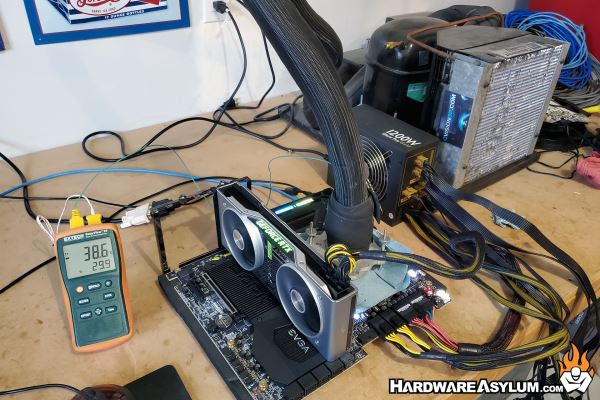
The final tweak was lowering the CPU Voltage down to 1.45v and became extremely stable when run down to -35c on my SS Phase chiller. I have used this cooler for years and while it is no better than DICE (Dry Ice) it does allow me to run extremely long benchmarks without having to "tend the pot"
Of course, the next stage will be LN2 which will be part of another article with a video component.
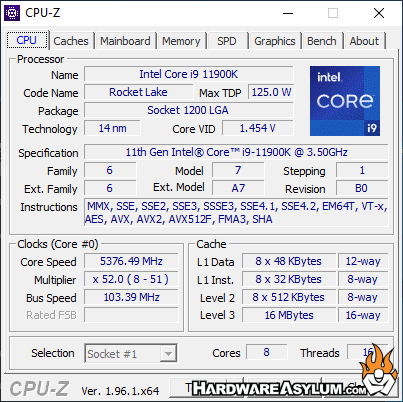
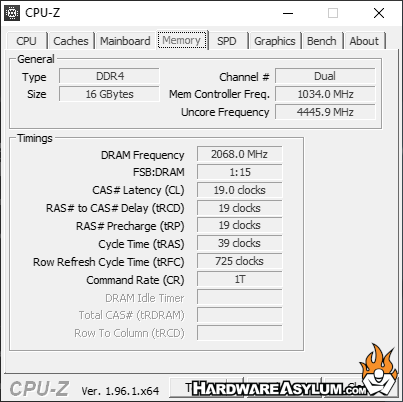
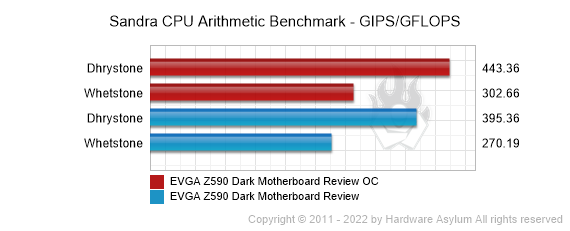
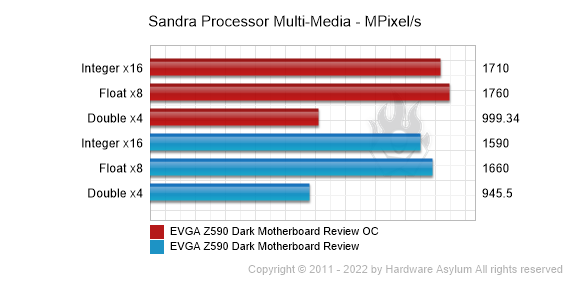
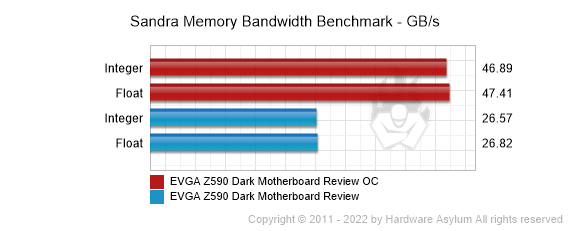



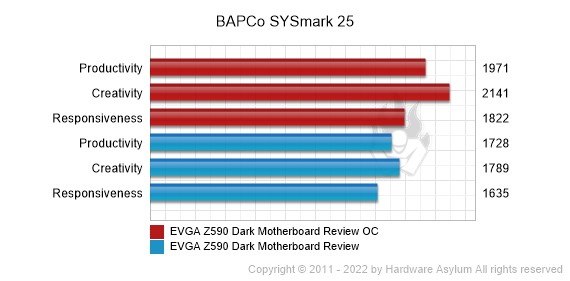


To maximize system performance you have a couple options. The first is straight multiplier overclocking or you can extract a little more by tuning the BCLK and memory settings. Collectively these will translate into better overall performance. Given the nature of processors like the Core i9 11900k the trick to better performance is to keep them cool and it appears that Rocket Lake is a heat monster or is adversely reacting to the voltage heavy nature of the Z590 Dark.
I had some real fun overclocking the Rocket Lake Core i9 11900K. It took a little tuning to get the 5.37Ghz overclock with the phase and while 5.4Ghz was doable I didn’t want to move past the 1.45v I had set on the Core. Cinebench R20 and Sandra both would cause the CPU temperature to rise above ambient during the test but stayed low enough to prevent any throttling.
The temperature difference between CPU and Cooler is what will make or break overclocking on Rocket Lake and is even a problem when cooling with LN2, the only difference is the scale of the overclock.
Overclocking is an exercise in tweaks and tests and while I had good luck getting this system to run “fast” there is still more available, higher clocks to be had and lower temperatures to tackle. EVGA does make the entire process more enjoyable by offering LED status lights and the enhanced DEBUG LED allowing you to show any system stat. By default the DEBUG LED will show CPU temp and can be changed in the BIOS.

